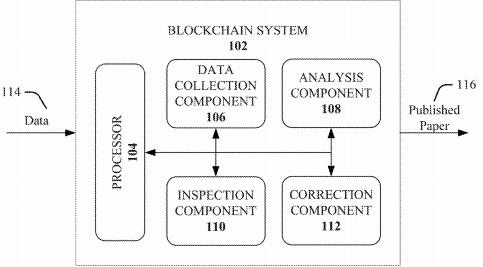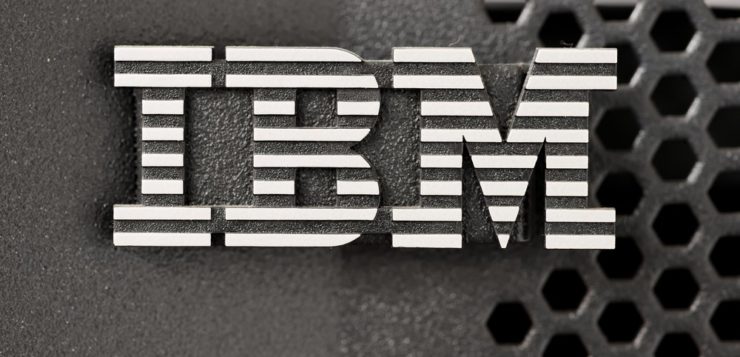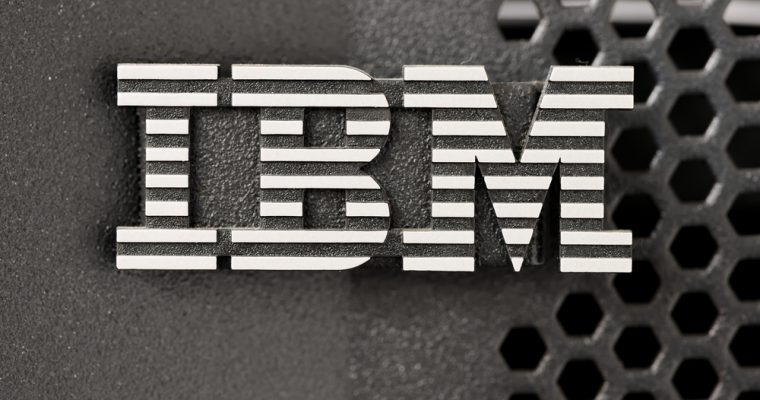The use cases for distributed ledger technology are on the rise, as evidenced by IBM’s most recent patent application for open scientific research on the blockchain.
The tech giant envisions a system in which a blockchain represents an experiment with individual blocks comprised of project components including research data, data analysis and results as well as post-data analysis and more all with block-linking capabilities to reflect the status of modifications. The patent, which was filed with the U.S. Patent and Trademark Office at year-end 2017, comes on the heels of a separate blockchain patent filed by IBM with an augmented reality and gaming focus.

The scientific research community has been plagued with a lack of transparency for data collection tied to the analysis process, in response to which the blockchain is a possible antidote. Chief among the issues is a lack of “trustworthy data” and protecting information from unauthorized modifications, all of which the blockchain solves with features like immutability and data security.
IBM isn’t the only entity that is looking to disrupt this process amid what has been described as a “reproducibility crisis in research” and falsified data. But until now, other solutions involving the blockchain have fallen short in addressing key points surrounding confidentiality, accessibility, the use of algorithms for tasks such as “automatic correction” and more, all of which IBM takes on in its patent application. The company also points to “limited platforms that allow for sharing information about scientific research and showing transparent data collection and analysis steps,” which interferes with researchers getting credit for the work they’ve performed.
Nimble Solution
IBM’s solution involves a nimble computing environment for experiments on the blockchain, one that relies heavily on but is not limited to a cloud computing model in which data uploaded to public databases can be tracked. They describe a blockchain system that is two-pronged, comprised of both “the trustworthiness of the blockchain concept with open scientific research.” Their technology accomplishes this by putting scientific experiments on the blockchain, including “data collected, analysis performed and/or results achieved and in doing so bolsters the “trustworthiness and reproducibility of the data and results” amid the immutable nature of the blockchain.
IBM describes a “first block of research data and a second block of analysis data representing a log of an analysis performed on the research data.” The technology isn’t for static information as the data can also be analyzed for the “reliability and provenance” of the information.
Overall, the technology is designed to accelerate the scientific research process, giving the research community more tools to collect, analyze, draw conclusions and make corrections on their work, a process that also spills into peer reviews, replicating experiments and evaluating the relevance of data all with the benefit of data security that is inherent with the blockchain.
Featured image from Shutterstock.
Follow us on Telegram or subscribe to our newsletter here.
Who is Buying Bitcoin? Take the survey here and help us with our study.








